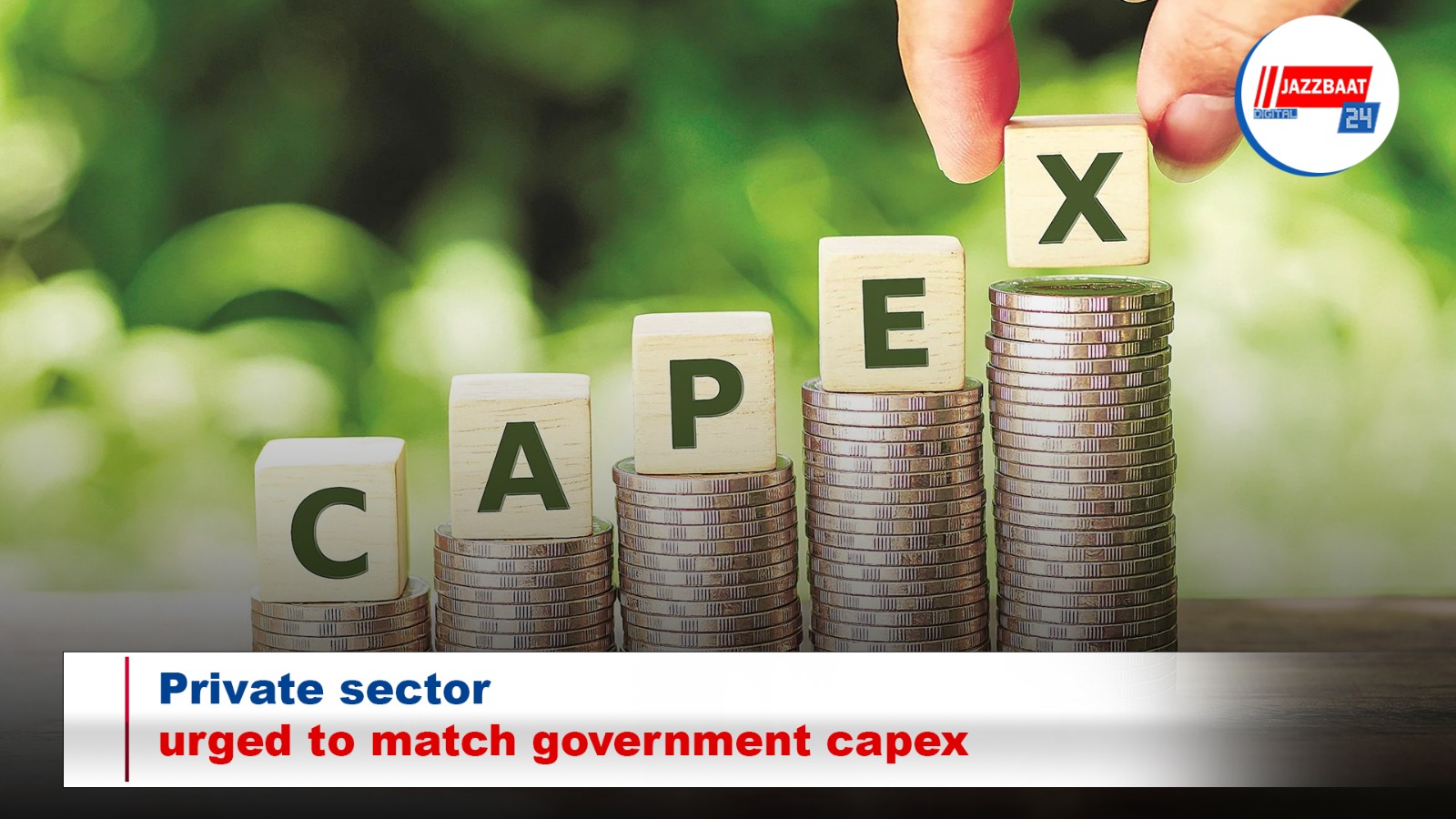
The Economic Survey 2024-25 presented in the Parliament today said the private sector should match the government’s capex spend.
The State of the Economy report clearly said the Union government’s efforts will have to be “matched” with “wholehearted acceptance” of public private partnerships in infrastructure across the country.
It also said the private sector must also reciprocate. Private sector’s participation is “equal” too.
Building infrastructure - physical, digital and social - has been the focus area for the government in the last 5 years.
This has had multiple dimensions - increase in public spending on infrastructure, creation of institutions to de-bottleneck approvals and execution and innovative modes of resource mobilisation.
In 2024-25, capex has picked up post elections.
Before elections, capex was slow, which was reflected in the quarterly GDP numbers.
Union government’s capex in major infrastructure sectors was impacted during Q1 2024-25 due to model code of conduct during the general elections. The unusual patterns of
last monsoon too had slowed down the progress.
"India's development aspirations require a substantial investment in infrastructure over the next decade. While estimates of the required spending differ in scale, there is general agreement that current infrastructure spending needs to be increased to achieve these objectives," the Economic Survey said.
In line with this, the union government’s capex in major infrastructure sectors has been growing at 38.8% CAGR from 2019-20 to 2023-24.
In 2024-25, the central government kept the capex outlay at Rs 11.11 lakh crore. It was a 11.11% increase in capex year-on-year. Capex is used to create long term physical or fixed assets.
The big increase in capex is part of the government’s effort to boost growth and job creation, crowd in private investments and provide a cushion against global headwinds.
On the fiscal front, the government had targeted fiscal deficit at 4.9% of GDP. In the Interim Budget presented on February 1, she had targeted 5.1% of GDP.